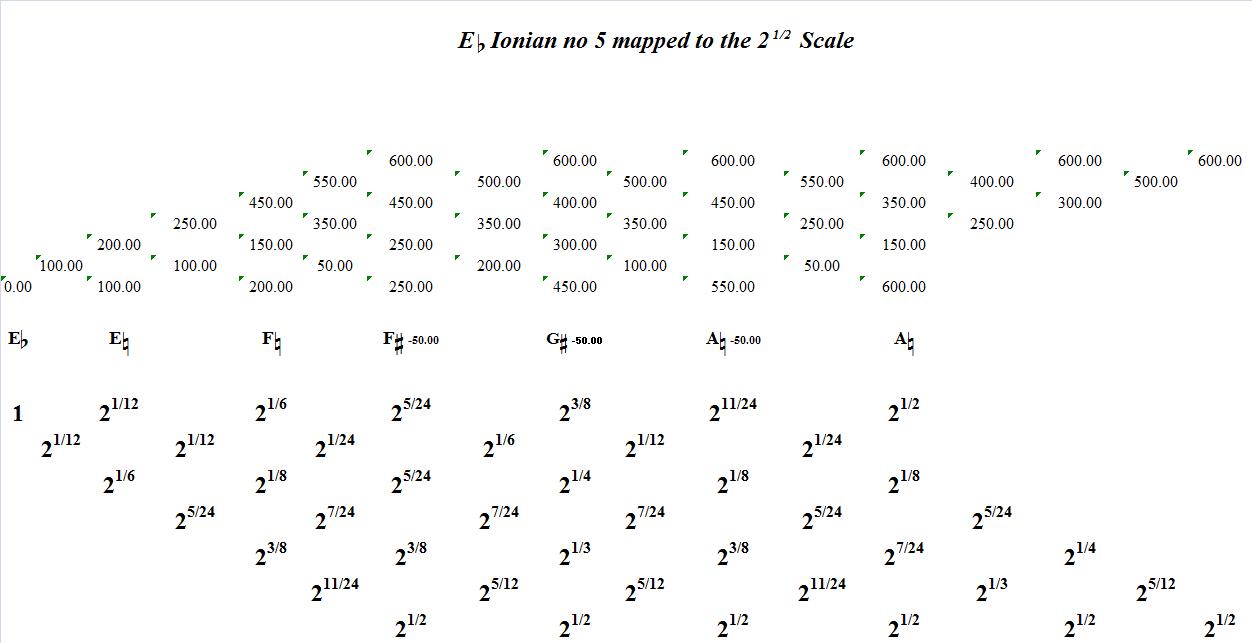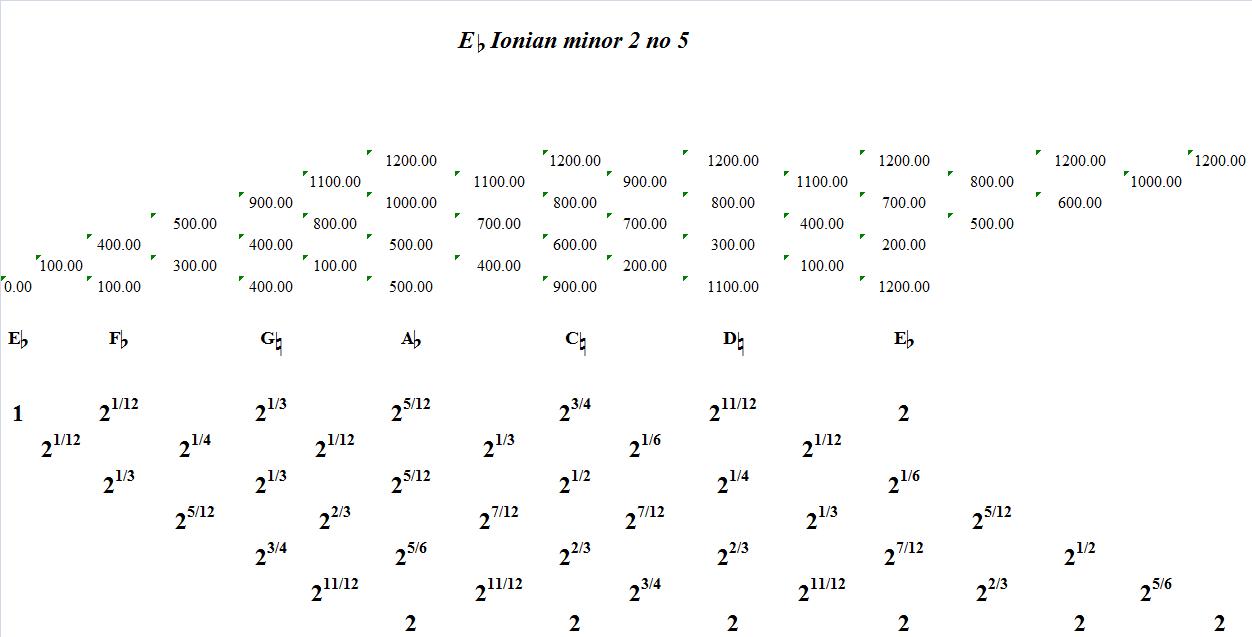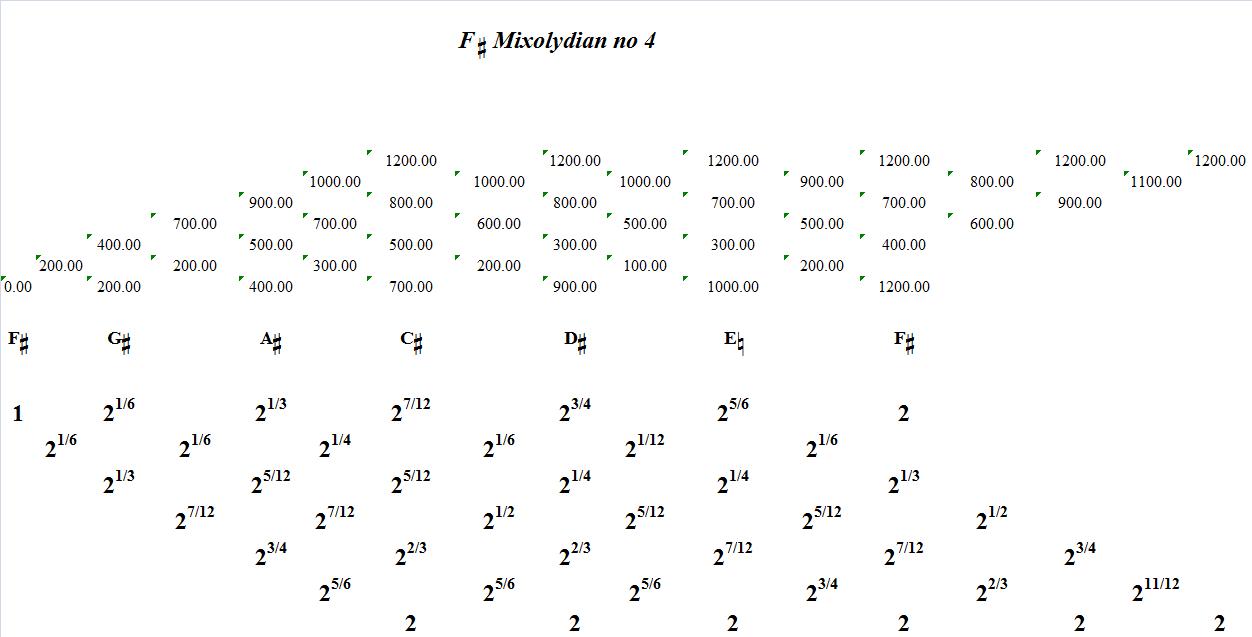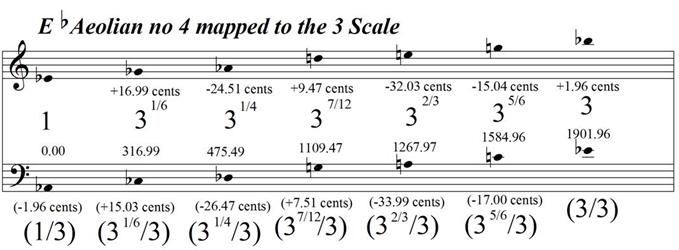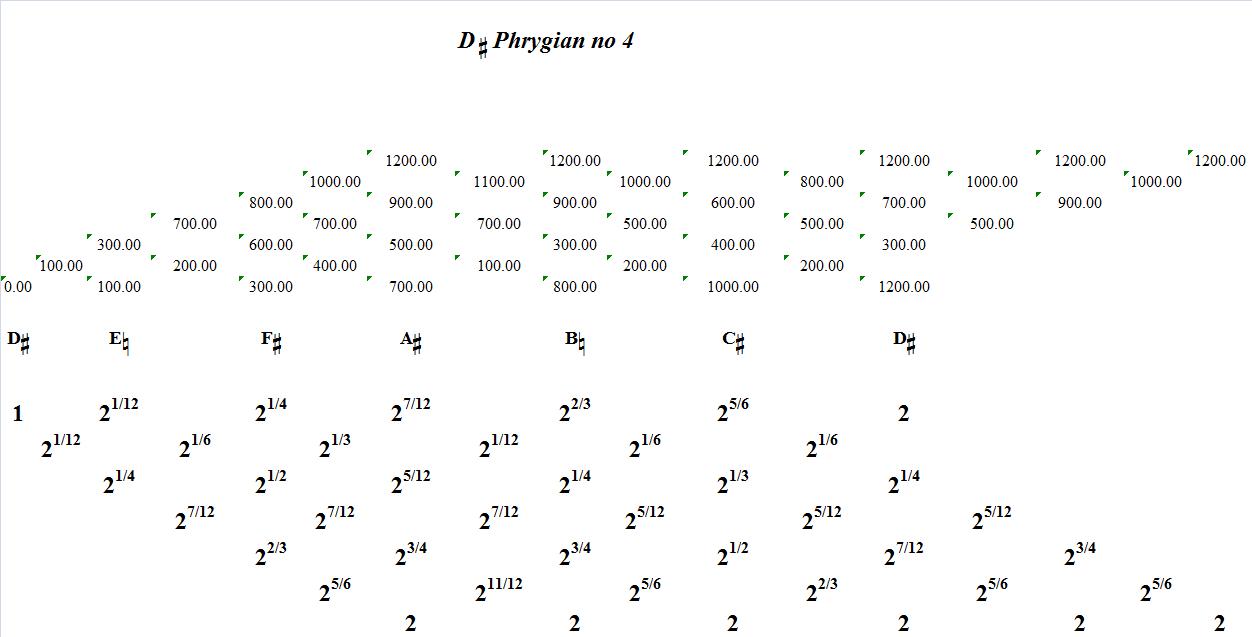 Louis Andriessen
Louis Andriessen:
De Staat. 1991.
Elektra Nonesuch:
9 79251-2.
The Schoenberg EnsembleReinbert de Leeuw: conductor
Maarten Karres, Ernest Rombout: oboe
Maarten Dekkers, Justine Gerretsen: oboe/english horn
Willem van der Vliet, Hendrik Jan Lindout, Huug Steketee, Jos Verspagen: trumpet
Iman Soeteman, Christiaan Boers, Peter Hoekmeijer, Theo Hoekstra: horn
Toon van Ulsen, Pete Saunders, Albert Zuyderduyn: trombone
Peter van Klink: bass trombone
Hans Kunneman, Patricio Wang: electric guitar
Rob Zeelenberg: electric bass guitar
Mapje Keereweer, Ernestine Stoop: harp
Henk Guittart, Aimee Versloot, Rena Scholtens, Jouke van der Leest: viola
Claron McFadden, Barbara Bordeon: soprano
Yvonne Benschop, Ananda Goud: mezzosoprano
This one is a heady concoction, feeling like a cross-breed between Steve Reich's
Desert Music and Igor Stravinsky's
Rite of Spring. The political dimension of this piece is also interesting as a setting of Plato's naive and misguided notions about music's role and potential in an ideal state. If the mixolydian mode was even remotely as dangerous as Plato believed the power to affect change would be far less remote than it is. If "changing to a new kind of music" was indeed "followed by alteration in the most fundamental laws of the state" then we could at least strive toward the utopian anarchy of John Cage's idealism as pragmatic practice. If anything, the current powers that be are deaf, and all the dissonance in the world - cognitive or otherwise - is lost in an ocean of cronyism and incompetence. In the meantime, it's been far too long since I last spun
De Staat. I enjoy its brash loudness and pulsing persistence.
 Cecil Taylor
Cecil Taylor:
The Great Paris Concert. November 30, 1966 (re-issued in 1994).
Black Lion:
BLCD760201.
Cecil Taylor: piano
Jimmy Lyons: alto saxophone
Alan Silva: bass
Andrew Cyrille: drums
After last weekend's brush with the great Andrew Cyrille the ears were hungry for more. "Great" is the word for this live outing from 1966. The texture is unmistakably Cecil Taylor with his intense and focused improvisation filling out the full range of the piano. It's the filling out of that texture from Lyons, Silva and Cyrille that makes the overall sound shimmer. From the initial, forceful blasts from Lyons' alto at the onset of "Student Studies part 1" to the pianistic blurs across "Niggle Feuigle" this one is a steady jolt of the avant "old" garde.
 Mark Dresser
Mark Dresser/
Denman Maroney with
Michael Sarin and
Alexandra Montano:
Time Changes. 2005.
Cryptogramophone:
CG124.
Mark Dresser: bass
Denman Maroney: hyperpiano
Michael Sarin: drums, percussion
Alexandra Montano: voice
This disc is too good to stay out of the rotation for long. There's an unbelievable balance of creative playing - both inside and outside the jazz tradition - and enormous chemistry between Dresser and Maroney. The extended techniques on bass and "hyperpiano" have considerable emphasis on both the "extended" and the "technique" as the resulting compositions and overall sound make for an outstanding listening experience. The undulating tempos add a wonderful dimension while Alexandra Montano's intonation and sense of balance makes her voice a welcome layer within this music. I enthusiastically recommend putting an ear to this one.



